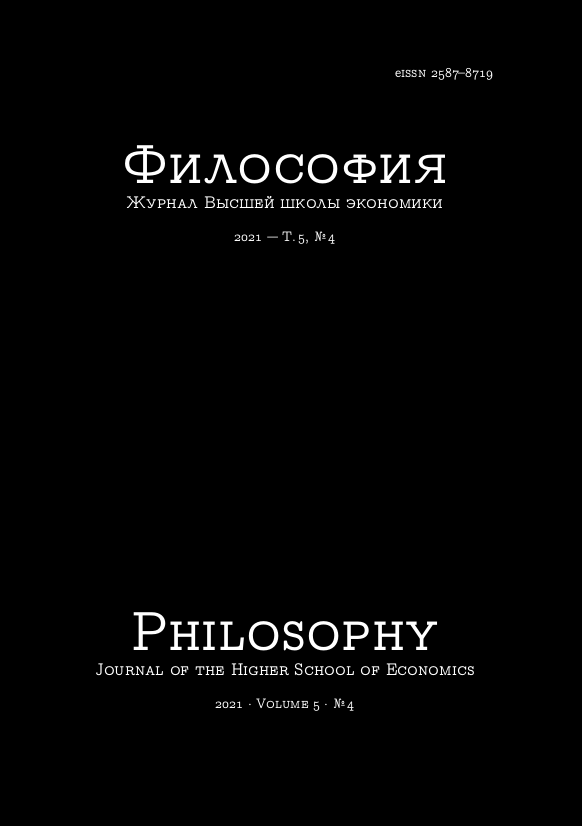Когда наука берется в «сообщники»
Аннотация
В статье предпринимается попытка осмысления проблемы связи науки и политики, а также использования различными акторами научного знания для продвижения собственных политических, идеологических и пр. повесток. Рассматривается ряд понятий, появившихся в контексте усложнения различных сфер жизни и, соответственно, необходимости нового описания и организации науки. С этим связаны новые форматы взаимоотношений между наукой и обществом, возникающие в ответ на изменяющийся научный, социальный и пр. контекст. Подчеркивается, что в результате научная деятельность становится более чувствительной к социальным нуждам, но одновременно и более подверженной различным социальным, политическим и другим влияниям. В качестве примера рассматривается ситуация того, как социальные активисты используют научное знание и публичную научную коммуникацию для продвижения своих идеологических позиций, влияния на принятие политических и/или экономических решений и мотивации гражданских действий. Отмечается множественность акторов, участвующих в оценке научных открытий и формировании научно-политической повестки. Дается оценка важности учета политического контекста взаимоотношений между наукой и обществом в моделях научной коммуникации. В заключении проблематизируется возможность концептуализации коллективной политической субъектности науки без более подробного обсуждения роли ненаучных акторов в данном вопросе.
Скачивания
Copyright (c) 2021 Философия. Журнал Высшей школы экономики

Это произведение доступно по лицензии Creative Commons «Attribution-NonCommercial» («Атрибуция — Некоммерческое использование») 4.0 Всемирная.






